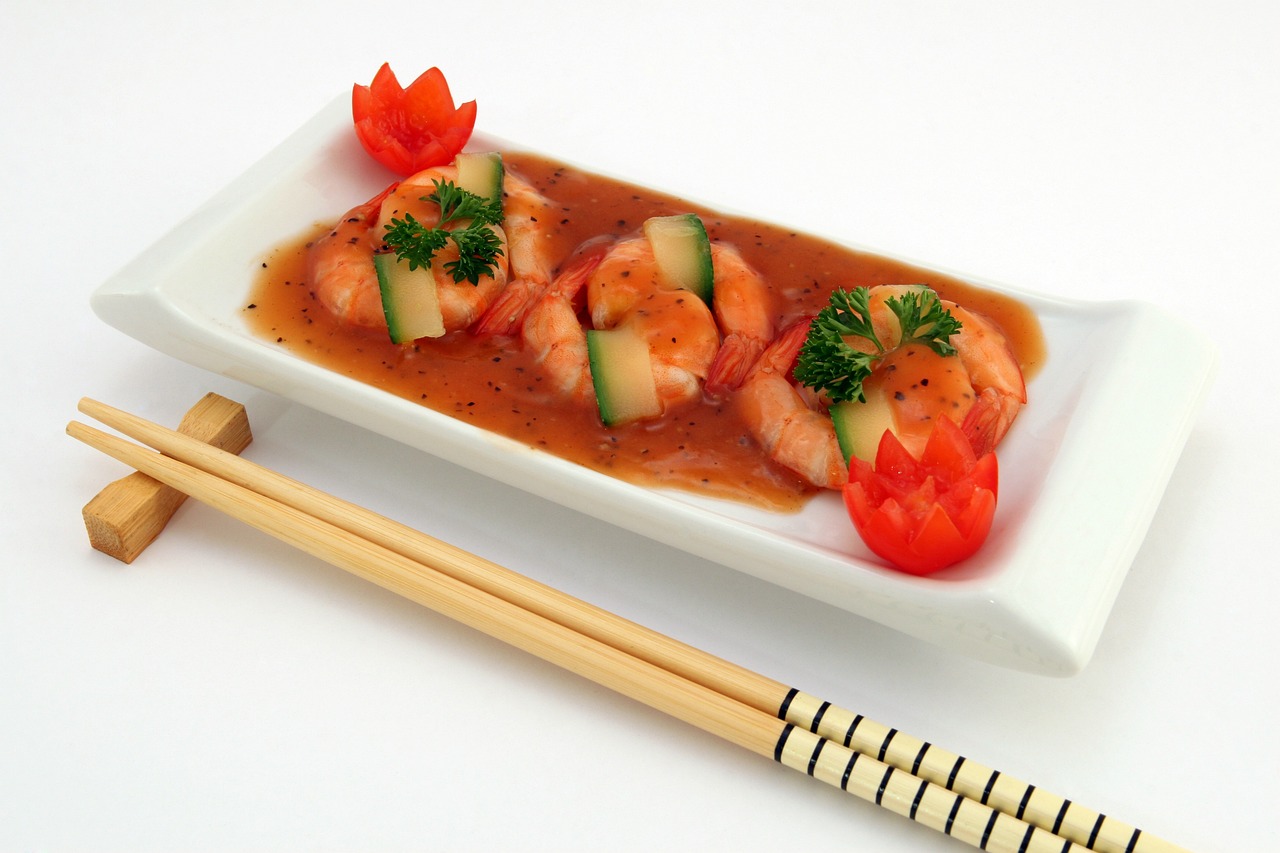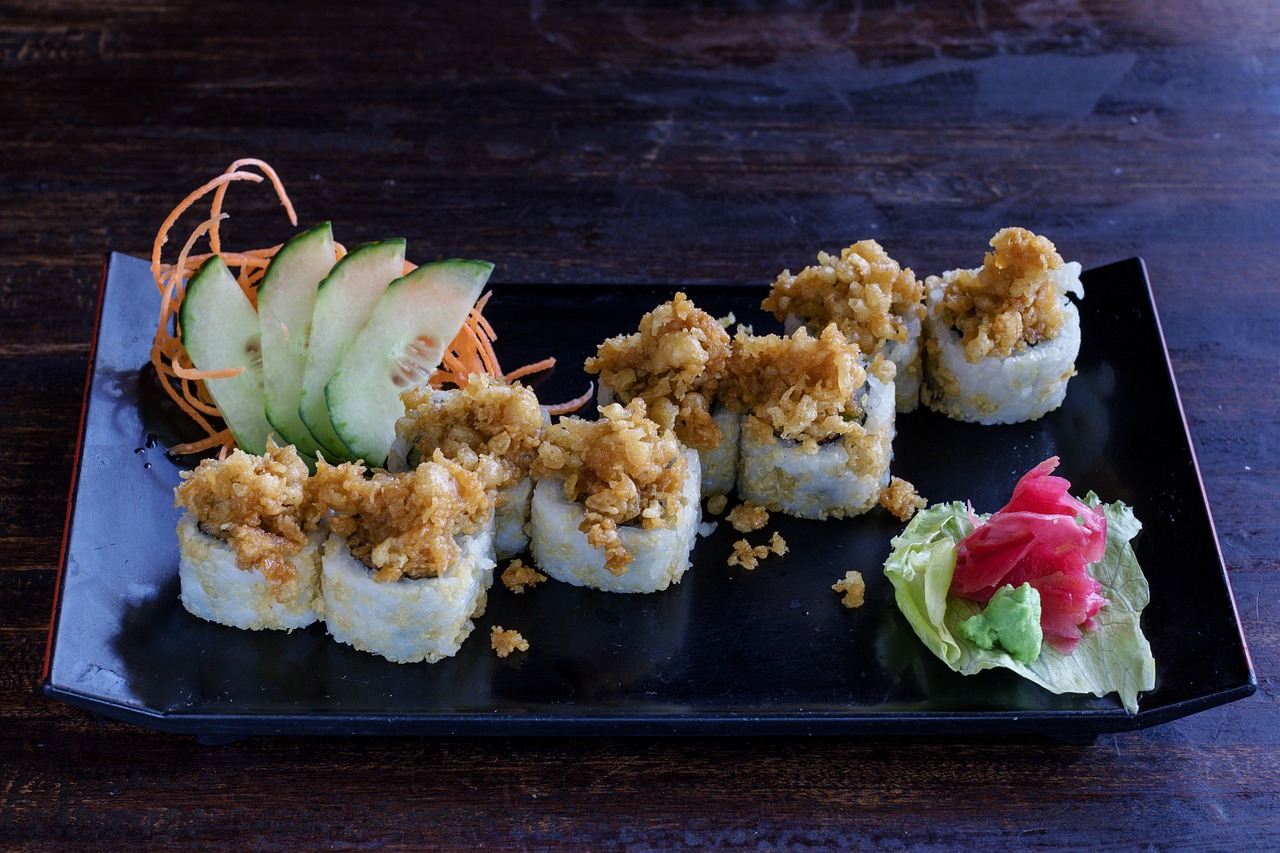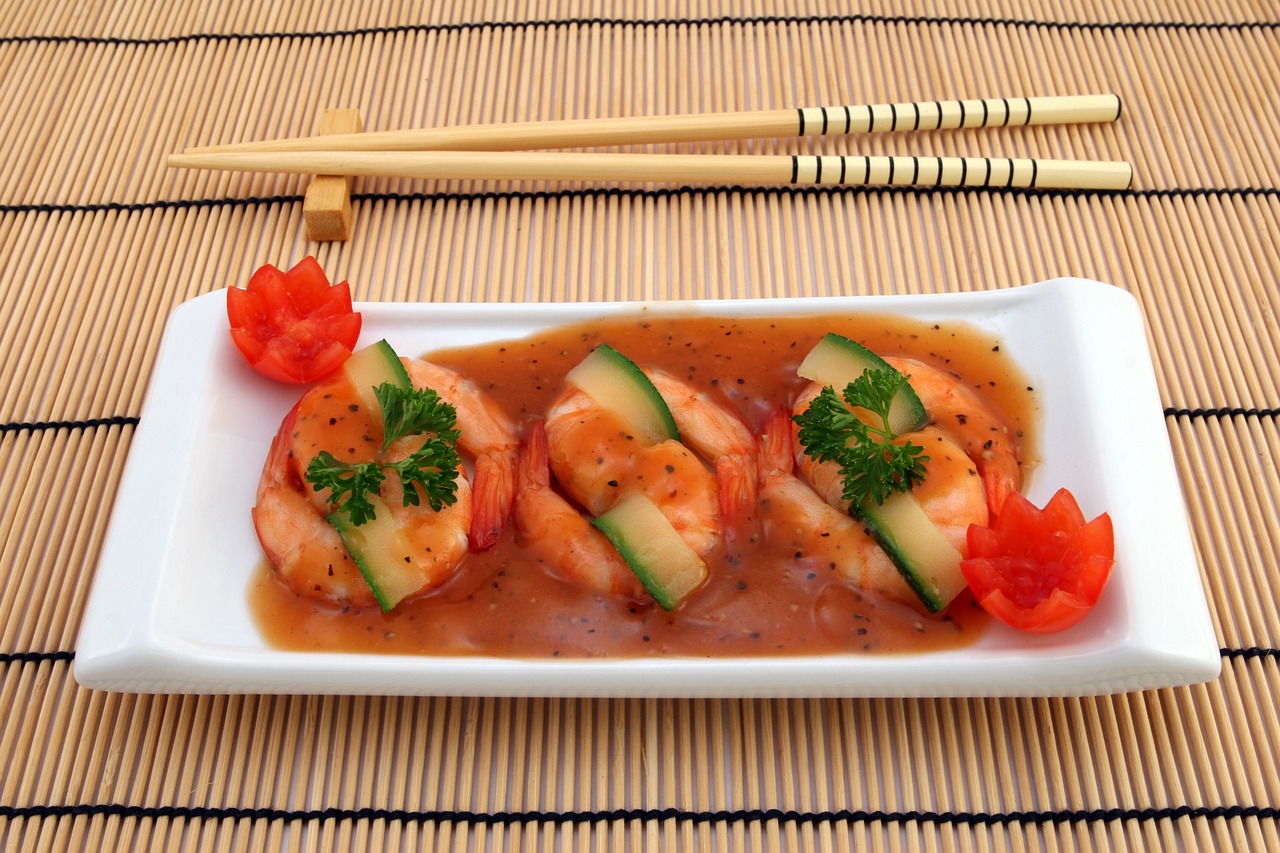Japanese Sushi Rolls: Artful and Delicious

Japanese sushi rolls are a true masterpiece in the world of culinary art. Each roll is not just a dish but a carefully crafted creation that delights both the eyes and the taste buds. The artful presentation and delicious taste of Japanese sushi rolls have captivated food enthusiasts worldwide, making them a beloved delicacy that stands out among the rest.
History of Sushi Rolls
When it comes to the history of sushi rolls, we are taken on a journey back in time to Japan, where these delectable creations originated. Sushi rolls, known as makizushi in Japanese, have humble beginnings as street food in the bustling cities of Japan. Imagine small stalls lining the streets, offering these flavorful and convenient snacks to passersby. Over time, sushi rolls have evolved from a simple snack to a culinary sensation that has captured the taste buds of people worldwide.
To truly understand the history of sushi rolls, we must delve into the evolution of sushi-making techniques. Initially, sushi was a way to preserve fish by fermenting it with rice. However, as time passed, the preparation methods became more refined, leading to the creation of various sushi styles, including the beloved sushi rolls. The art of sushi-making has been passed down through generations, with each sushi chef adding their unique touch to the craft.
As sushi gained popularity beyond Japan's borders, it underwent further transformations to cater to diverse palates. The introduction of new ingredients and flavor combinations led to the creation of fusion sushi rolls that blend traditional Japanese elements with international influences. Today, sushi rolls come in a myriad of flavors and styles, reflecting the creativity and innovation of sushi chefs around the world.
Ingredients Used in Sushi Rolls
When it comes to Japanese sushi rolls, the ingredients used play a crucial role in creating the perfect balance of flavors and textures. Let's dive into the essential components that make up these delectable rolls, each contributing to the overall taste and presentation.
1. Sushi Rice: Known as "shari" in Japanese, sushi rice is the foundation of any sushi roll. This short-grain rice is seasoned with a mixture of rice vinegar, sugar, and salt, giving it a sticky texture that holds the roll together.
2. Nori Seaweed: Nori, a type of dried seaweed, is used to wrap the sushi rice and fillings. It adds a subtle umami flavor and provides a crisp texture to the roll. Nori also acts as a decorative element, often used to garnish the exterior of the sushi roll.
3. Fresh Fish: High-quality, fresh fish is a staple ingredient in sushi rolls, with popular options including tuna, salmon, and yellowtail. The fish is typically sliced thinly and placed on top of the rice or used as a filling, adding a burst of flavor and richness to the roll.
4. Vegetables: A variety of fresh vegetables are often used in sushi rolls to add color, crunch, and a contrast of flavors. Common choices include cucumber, avocado, carrots, and radish. These vegetables not only enhance the visual appeal of the roll but also provide a healthy element to the dish.
5. Soy Sauce and Wasabi: Soy sauce and wasabi are classic condiments served with sushi rolls. Soy sauce adds a salty depth of flavor when dipped, while wasabi, a spicy green paste made from Japanese horseradish, provides a kick of heat that complements the seafood.
By carefully selecting and combining these key ingredients, sushi chefs are able to create a harmonious blend of flavors and textures that make Japanese sushi rolls a true culinary delight.
Sushi Rolling Techniques
When it comes to sushi rolling techniques, precision and skill are key ingredients for crafting the perfect Japanese sushi roll. The art of sushi rolling goes beyond simply combining ingredients; it involves a meticulous process that requires patience and practice. One of the essential tools in sushi rolling is the bamboo mat, also known as a makisu, which helps in shaping and compacting the sushi roll.
Here are some key sushi rolling techniques that sushi chefs use to create visually stunning and delicious sushi rolls:
- Maki Sushi: Maki sushi is a cylindrical sushi roll wrapped in nori seaweed, with the rice on the outside and the fillings on the inside. The bamboo mat is used to tightly roll the sushi, creating a neat and compact shape.
- Uramaki Sushi: Uramaki sushi, also known as inside-out roll, features the rice on the outside and the nori seaweed on the inside. This technique allows for creative variations in fillings and toppings, making it a popular choice in sushi restaurants.
- Temaki Sushi: Temaki sushi, or hand-rolled sushi, is a cone-shaped sushi roll that is hand-rolled without the use of a bamboo mat. This style of sushi is often enjoyed as a casual and interactive dining experience, where diners can customize their fillings and create their own sushi rolls.
Mastering these sushi rolling techniques requires practice and attention to detail. From the precise placement of ingredients to the tight rolling of the sushi, each step plays a crucial role in creating a well-crafted sushi roll. Whether you're a sushi enthusiast looking to try your hand at sushi making or a seasoned sushi chef honing your skills, perfecting the art of sushi rolling is a rewarding journey that leads to delicious and artful creations.
Cultural Significance of Sushi Rolls
When it comes to the cultural significance of sushi rolls, it's more than just a dish in Japan - it's a symbol of tradition, craftsmanship, and celebration. Sushi has deep roots in Japanese culture, dating back centuries and evolving into an art form that represents the country's culinary expertise.
Sushi rolls are not just food; they are a reflection of Japanese values such as precision, respect for ingredients, and attention to detail. The meticulous preparation of sushi is akin to a performance, where each roll is crafted with care and skill, showcasing the chef's expertise and dedication.
Moreover, sushi has become a global ambassador for Japanese cuisine, introducing people around the world to the flavors and techniques unique to Japan. It has transcended cultural boundaries, becoming a beloved dish that is enjoyed by people of all backgrounds.
In Japan, sushi is not just a meal; it is an experience. From the selection of fresh, high-quality ingredients to the elegant presentation on the plate, every aspect of sushi is carefully considered to provide a sensory delight for the diner. It is a harmonious blend of flavors, textures, and colors that come together to create a culinary masterpiece.
Sushi also holds a special place in Japanese celebrations and rituals. It is often served during special occasions such as weddings, New Year's festivities, and other important events as a symbol of good luck, prosperity, and joy. The act of sharing sushi with loved ones fosters a sense of togetherness and unity.
Overall, sushi rolls are not just a dish; they are a cultural phenomenon that embodies the essence of Japanese culinary artistry and tradition. With each bite of a perfectly crafted sushi roll, one can taste the history, craftsmanship, and spirit of Japan, making it a truly unforgettable dining experience.



 HazalVardal
HazalVardal 





